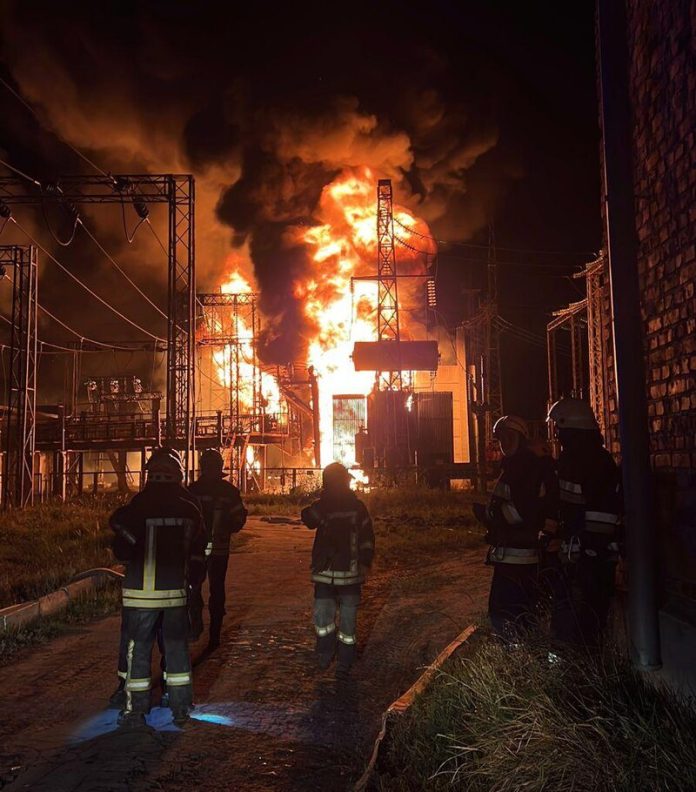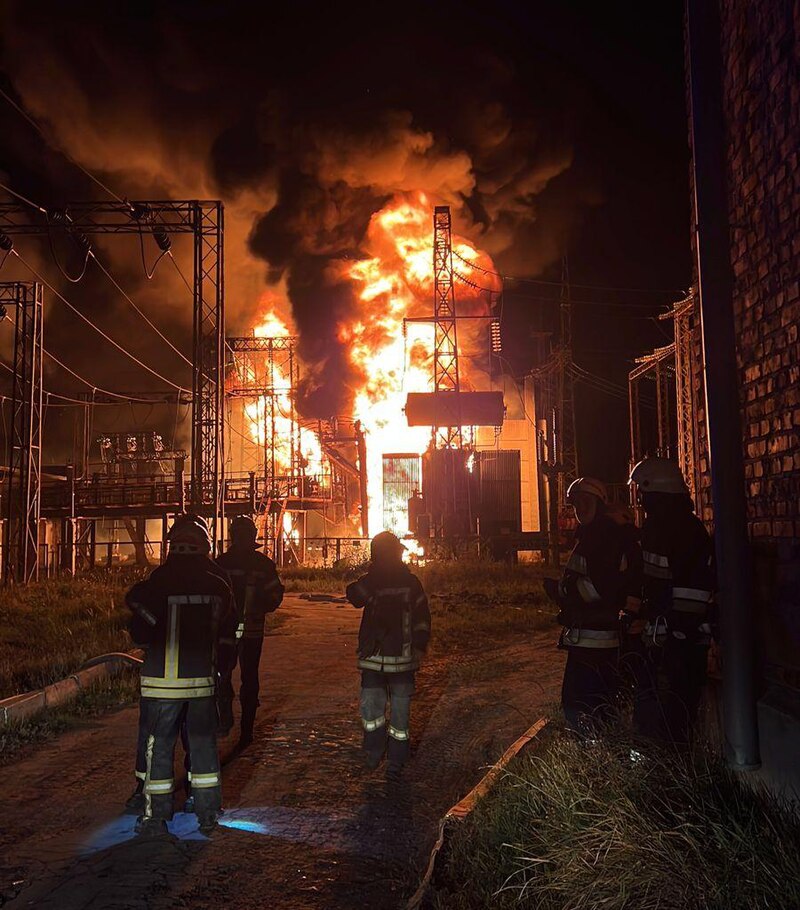
How does a country lose 90 percent of its generating capacity and yet continue to keep the lights on? The solution in Ukraine involves engineering magic, fast decentralization, and an energy policy during wartime meant to survive the most savage infrastructure attack in Europe since World War II.
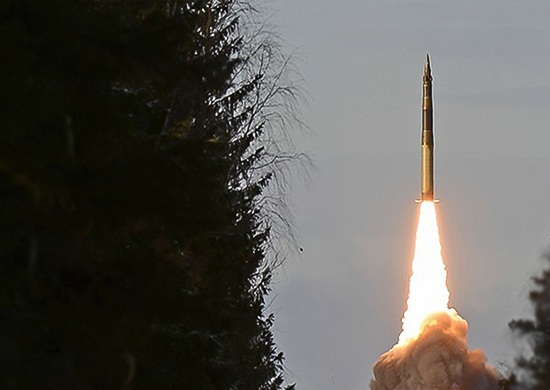
1. Restoring Power Despite Historic Destruction
In 2024, Ukraine’s biggest private power player, DTEK, was confronted by a virtual collapse of generating capacity. Russian missile and drone attacks had destroyed 90 percent of its output and dropped hydroelectric capacity by 45 percent. But as CEO Maxim Timchenko puts it, “today, we have well restored the network so that Ukraine has enough electricity and even is able to export some.” This was done through speed repairs, a €160 million expenditure on emergency restoration, and sending more than 3,900 engineers and technicians that reach sites of attack within hours.
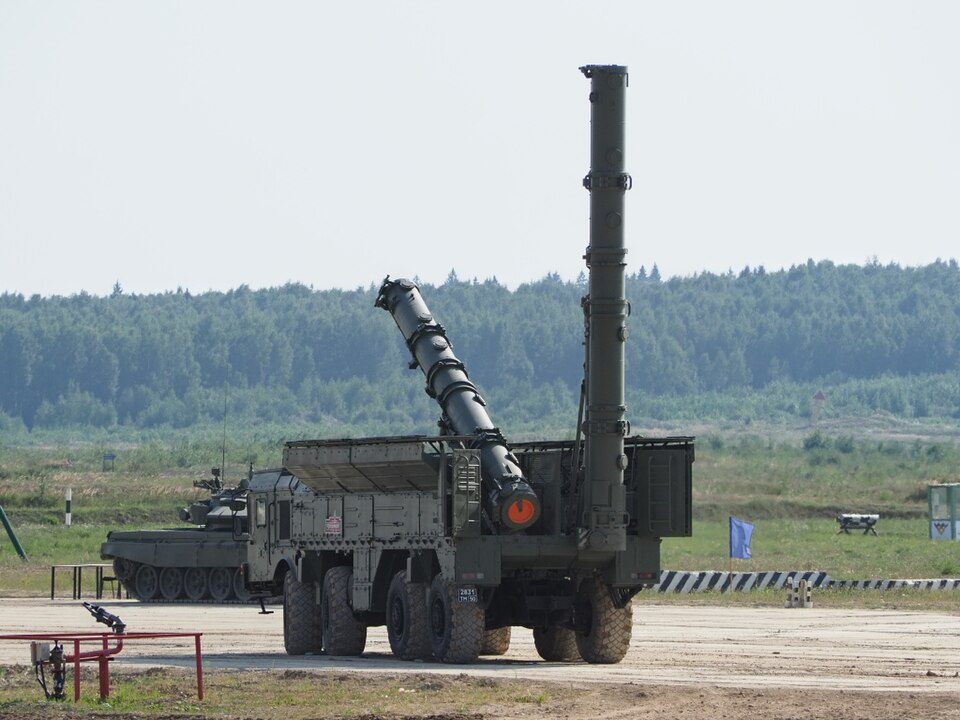
2. Engineering Resilience Through Renewables
Taking the leading position among the survival strategy for Ukraine is the transition from giant, exposed thermal power plants to scattered renewable power networks. Timchenko continues to state that “an Iskander missile can demolish a coal-fired station which can supply 250,000 people. But they would need at least 50 missiles to destroy the same capacity in an aeolian park.” Wind farms and solar arrays, as they depend on distributed architecture, reverse the cost-benefit calculation of missile warfare.

3. War-condition wind farms
DTEK’s Tyligulska wind farm, located less than 100 kilometers from the front, is being constructed in collaboration with Danish turbine producer Vestas. Phase one already is operational phase two, by 2026, will generate 500 MW. Another, bigger plant is in development in Poltava. These buildings use hardened turbine design and spatial spreading to minimize the possibility of simultaneous destruction, mirror decentralization grid ideas demonstrated to raise resilience against attacks.
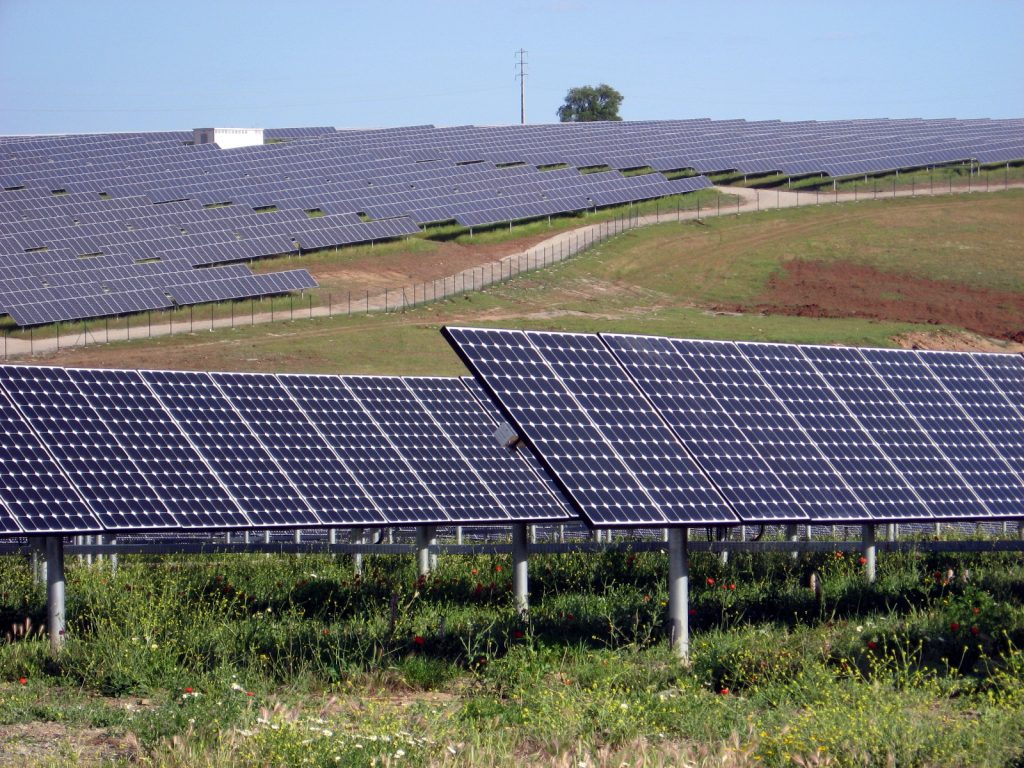
4. Solar Over Urban Infrastructure Deployment
Solar PV is just as impossible to switch off. With British company Octopus Energy, DTEK is installing tens of thousands of roof-top panels onto factories, shops, offices, and government buildings. They can supply power independently, resynchronize quickly when the grid fails, and if battery-fitted keep critical services going during outages.
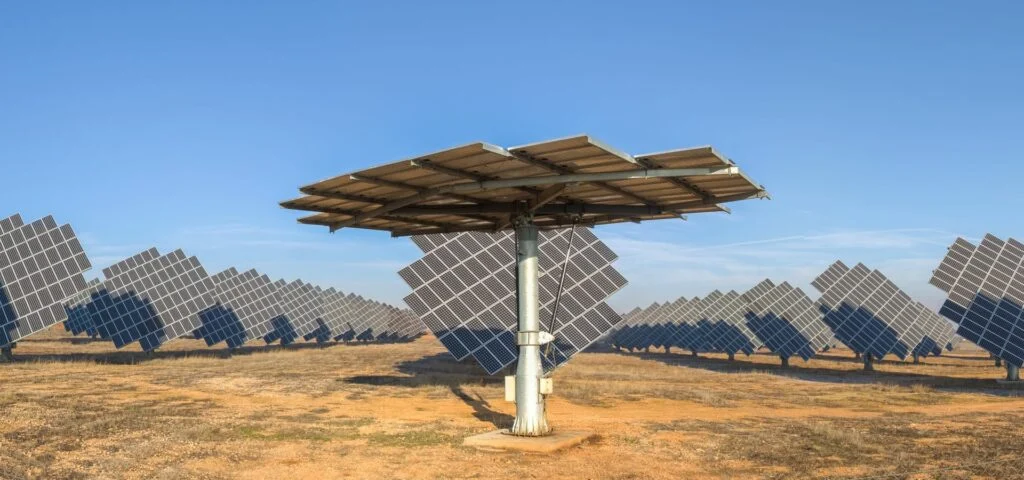
5. Battery Energy Storage as a Defense Technology
Ukraine’s conflict-battered grid now features large battery facilities, such as a 200 MW U.S.-based Fluence facility, twice as large as Ukraine’s pilot project. The systems stabilize frequency, soak up surplus renewable output, and offer immediate backup in the event of an attack. Since transmission lines are common targets in a conflict, batteries are “technological shields” that can be used to isolate sections of the grid until they can be repaired.

6. Strategic Disassembly and Asset Relocation
As Russian troops surrounded the Kurakhivska thermal power plant in Donetsk, DTEK activated a pre-set dismantling campaign unscrewing turbines, transformers, and even cables. These were redirected to operational facilities, maintaining capacity and denying the occupiers functional infrastructure. Evacuation protocols are now in place for all critical facilities for personnel and critical equipment.
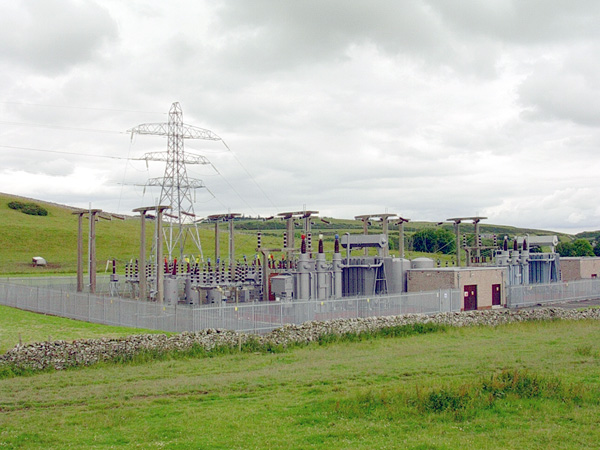
7. Draw Upon Ukraine’s Pre-War Infrastructure Resilience
Prior to the invasion, Ukraine’s energy system had been built to be capable of handling 56 GW practically doubling its capacity. The system was redundantly overbuilt and has been a lifesaver. Even with extensive destruction reducing capacity to 9 GW by the end of 2024, engineers were able to reroute power and add new renewable nodes in a hurry due to the flexibility of the system.

8. Synergizing with European Energy Security
Ukraine’s connection to the ENTSO-E grid allows two-way power exchange with EU neighbors, which increases resilience. Ukraine has enormous potential for renewables some 5.06 million GWh/year which is a source of clean energy of the future for Europe. Timchenko describes Ukraine as “the sleeping giant of European energy” and is lobbying for investment in cross-border interconnectors to unlock this potential.
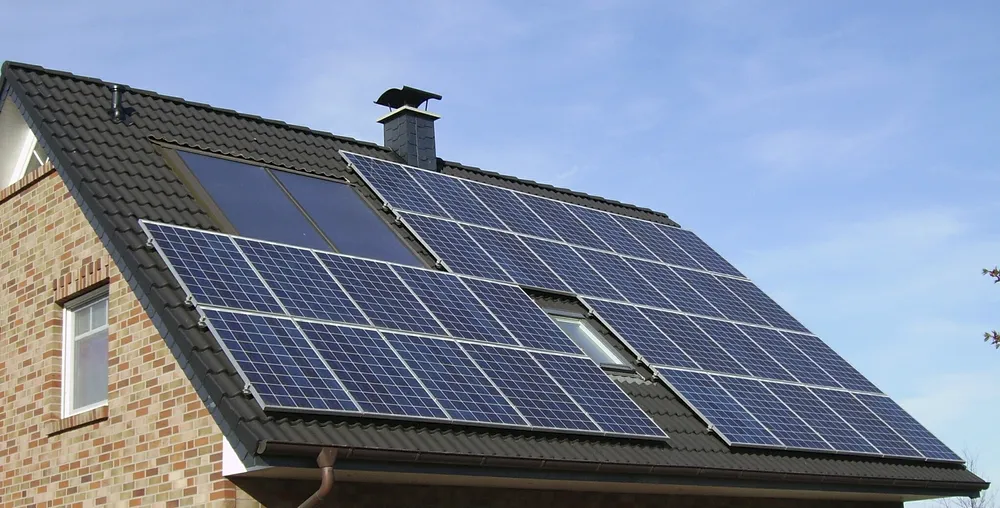
9. Decentralization as a Wartime Engineering Doctrine
Small-scale generation capacities of 5-100 MW are now the priority on the agenda. They can be moved in days, whereas large plants require months to re-deploy. Wheel-mounted solar-battery packages, hospital microgrids, and city municipal diesel-solar hybrids in urban cities like Mykolaiv are a few instances whereby local governments are coming forward as frontline energy managers.

10. The Human Cost and Workforce Mobilization
370 employees have been sacrificed in the war by DTEK since February 2022. Capacity is being developed in the workforce nevertheless through fast-track training in renewable technology and grid operations in spite of it. Safety measures and local project diversification safeguard individuals while technical competence is prepared for quick deployment.
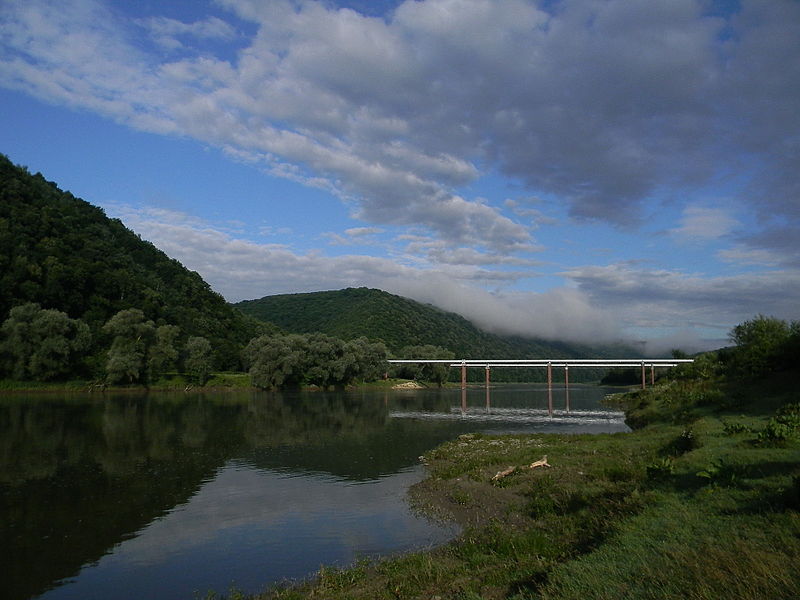
11. Legal and Financial Strategies for Recovery
DTEK has already presented war reparations claims to international tribunals for losses going back to 2014. In contrast, Ukraine’s National Energy and Climate Plan calls for 27 percent renewable energy by 2030 and will need $20 billion of investment. Regulatory overhaul, VAT exempting on PV panels and batteries, and interaction with IFIs will lure private capital in the face of danger flowing from war.
Ukraine’s energy system is now both a war zone and a testing ground for shock-resistant technology. Distributed renewables, hardening, and fast-repair protocols are survival strategies not merely but also the beta test for the next war’s proof-of-concept shock-resistant energy system.
